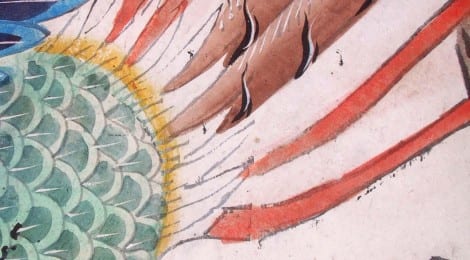
New Case Study: Chinese Wallpaper
Many experts consider Chinese wallpaper to be a defining feature of the British country house interior. According to Oliver Impey, it is one of the four most prominently displayed categories of goods imported from the East that appeared in the domestic interior along with carpets, porcelain and lacquer.Yet despite its ubiquity, there is a surprising lack of literature on the routes this exotic and expensive commodity followed from its manufacture in China, via the East India Company into the British home. This case study focuses on Chinese wallpaper and examines the relationship between members of the East India Company and the British houses in which it was displayed. Helen Clifford’s approach benefits from a close collaboration with Emile de Bruijn and Andrew Bush from the National Trust, who have formed a Chinese wallpaper study group. Members include curators, conservators and country house owners, as well as current manufacturers, and students and scholars. The resulting catalogue, Chinese Wallpaper in National Trust Houses, (2014) set the Trust’s 45 holdings, the largest on public display in the UK, in the context of the wider picture of its distribution and history. For the first time it has been possible to map where the papers are (and were), attempt dating (which is difficult as Chinese wallpaper was exempt from the taxes introduced in 1712 and 1773, although it did succumb to import tax in 1792), and provide a domestic context for interpreting this global commodity. Crossing boundaries of fine and decorative art, fixture and chattel, fact and fantasy, the reading of Chinese wallpaper requires a combined effort and multidisciplinary approach.Working from such research, this case study highlights the complex relationships that existed between the East India Company and British country house interiors in the eighteenth and nineteenth century. To read the study, click here.


Recent posts